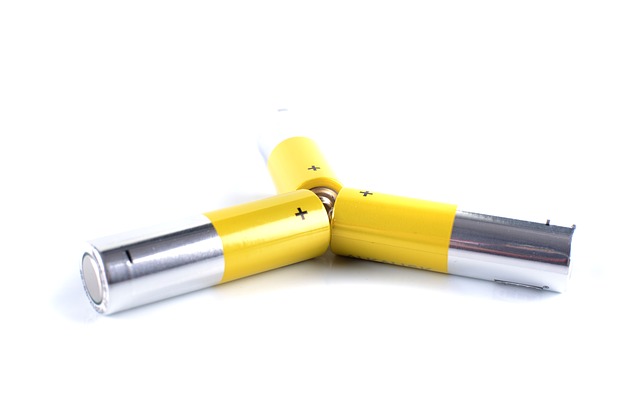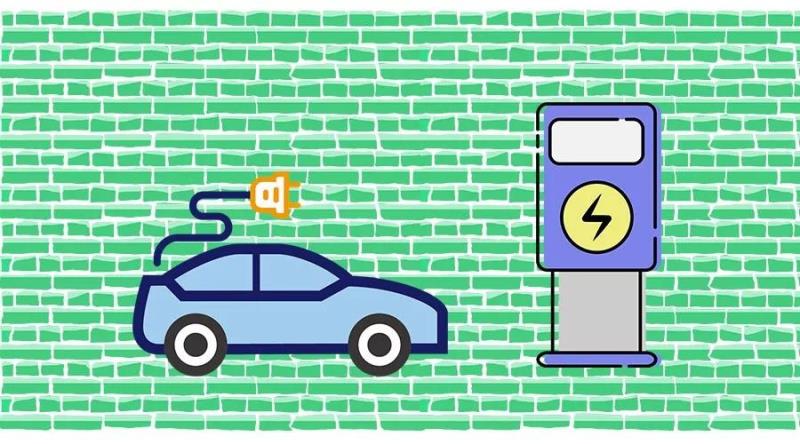Carry-on Lithium Batteries – Care for Your Batteries
APR 02, 2020 Pageview:1565
Batteries are a major source of power in our everyday lifestyles. We use these cells to power conventional electronic devices that are mostly portable. Lithium batteries are well renowned for their high energy densities and efficient power systems and are, therefore, used in most of these devices if not all of them. As such, we don’t expect to leave any of our devices when travelling using air and this fact forces us to carry extra battery packs just in case.
Whether these cells are for your mobile phone, camera, PDA or any other electrical gadget, there are strong regulations put in place to govern the movement of these cells in airports. The FAA has set in place safety guidelines for any batteries being transported in airplanes. These regulations are designed to help curb the hazardous incidents that may occur due to the safety concerns of these batteries. As such, it is your duty to know the proper procedure for travelling with your batteries in an airport, to avoid any inconveniences with the TSA.
Which lithium batteries are not allowed on airplanes?
All types of lithium batteries are allowed on airplanes but this comes with its own rules and regulations enforced by the TSA. Normally, airline passengers are usually allowed to bring with them all consumer-sized lithium-ion batteries that measure up to100 watt hours per cell. This estimated sizes constitutes of most batteries used in conventional devices such as PDAs, cameras, laptops, mobile phones, tablets, and even portable power tools such as the drill. Also, external charger for mobile phones which can also be referred to as power banks, fall into this category as well.
You can even carry devices that have larger lithium-ion batteries of up to 160 watt hours per battery but only with the airline’s approval. However, when it comes to carry-on baggage, spare batteries that have the same size as these lithium-ion batteries are restricted to a maximum of two cells.
How do you make lithium batteries suitable for carry-on baggage?
There are a few safety precautions one has to adhere to for making their lithium batteries suitable for carry-on baggage.
1.Avoid carrying revived, damaged or dead batteries on the plane. These batteries can be dangerous because they contain unstable content within their cells and can, therefore, easily short out or catch fire in the plane. Leave out any battery that is in poor condition at home or dispose of them appropriately before boarding the plane for your safety and that of other passengers.
2.If you’re aware that you will be carrying lithium batteries on the plane, try to insulate the terminals by covering them with tape. This will help prevent any shorts in case the terminal comes into contact with any metal object inside your bag. A short can immediately start a fire on the plane and thus, causing panic.
3.If you intend to carry spare batteries, be sure to insulate the terminals and place them in plastic airtight bags. However, you should never put two batteries together in a bag because once the terminals come into contact; it may result to short circuits, thereby causing fires.
4.It would be better if you kept the batteries installed in their designated devices when flying. These devices shouldn’t be fully charged but only contain a small amount of charge like about 40%. Also, it would be wise to turn off the devices.
5.For the battery powered devices, you are advised to package them safely in a way that won’t allow them to accidentally turn themselves on during the flight. You can always tape the on-off switch in the ‘off’ position for extra precaution.
6.Do not pack the batteries in chargers, and especially lithium metal batteries in rechargeable battery chargers. Lithium batteries are non-rechargeable cells and, therefore, not designed to be recharged. Putting these cells in the charger can be hazardous because it can cause complications in the circuits and thus raise fire alarms.
What do you need to pay attention to with carry-on lithium batteries on planes?
Spare lithium batteries as well as lithium-ion cells that have not been installed into a device have to be carried in carry-on baggage only. When the carry-on baggage is being inspected at the designated planeside, all spare lithium batteries must be removed from the checked baggage and kept with the passenger. However, the battery terminals must be insulated from short circuit. This category consists of spare lithium metal batteries as well as their companions, lithium-ion cells for conventional use. For the lithium batteries installed in their designated devices, the owner may carry them along in the carry-on baggage too.
Size limits
While the lithium, non-rechargeable, batteries are limited to 2 grams of lithium per battery, their counterparts, lithium-ion, rechargeable cells, are limited to a 100 watt hours rating per battery. These limits cover almost all types of lithium batteries that are used by the normal person I their conventional electronic devices. With the approval of the airline, passengers can carry up to two spare batteries that can be sized up to 160 watt hours. Such large sized batteries can be found in specific consumer devices like the laptops and audio/visual equipment.
Limits on quantity
There are no limits set on the number of lithium batteries one can carry on a plane provided they are of the required sizes. However, the extra batteries brought along on the plane must by their owner because batteries carried for sale are prohibited.
Final thoughts
You are expected to follow every rules put across to help regulate the movement of lithium batteries in the airlines. There may be some guidelines or regulations that are not keenly enforced but for your safety and that of others, it is always recommended that you adhere to them. Flying with a simple lithium battery seems harmless but can actually be dangerous to the entire aircraft. You are, therefore, required to consider the well-being of others and take the appropriate precautions when dealing with these cells in the air.
- Prev Article: Compare 18650 Batteries-Application and Buying
- Next Article: Best Lithium-ion Car Battery – Choice and Cost
Leave Message
Hottest Categories
-
Hottest Industry News
-
Latest Industry News












